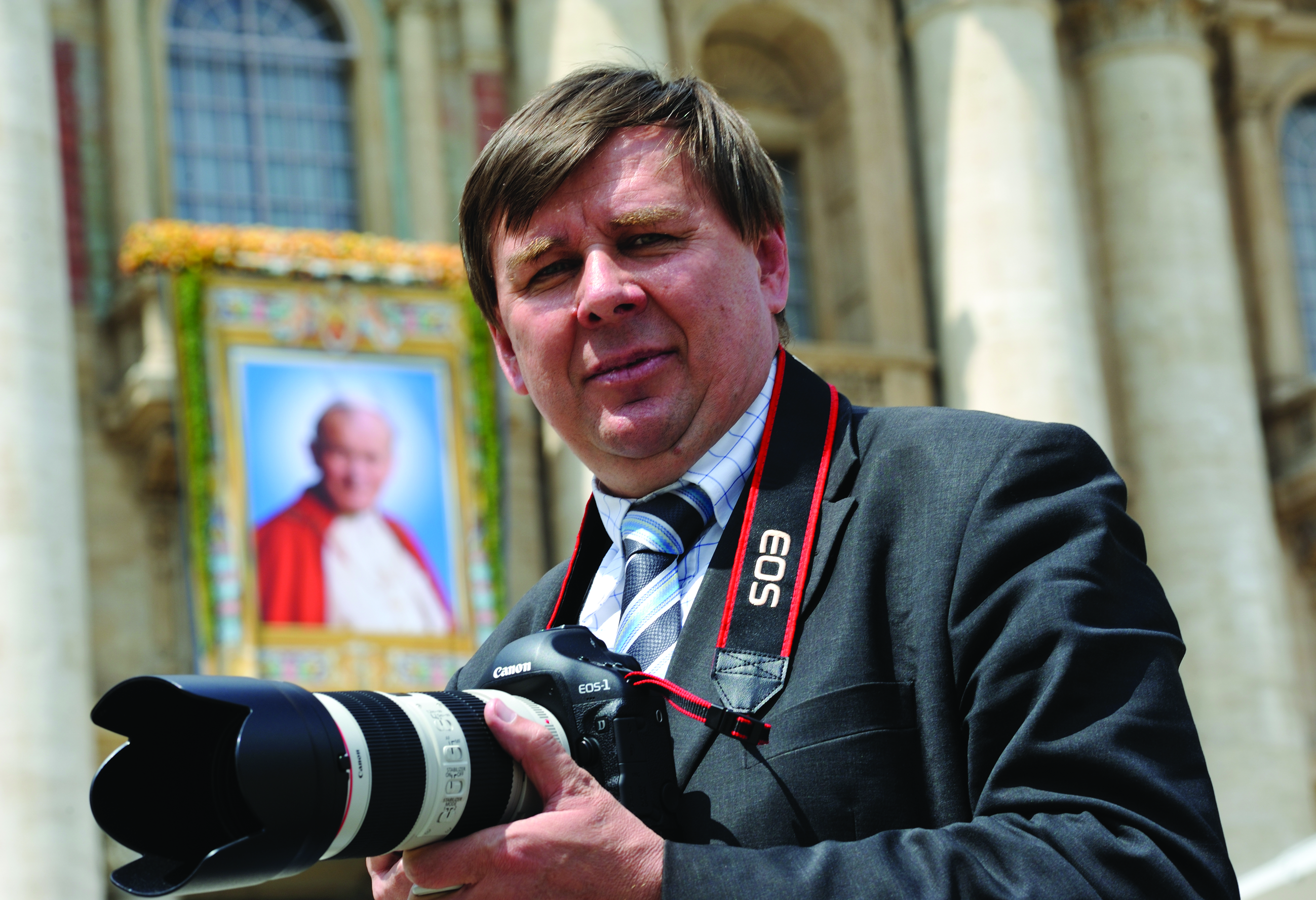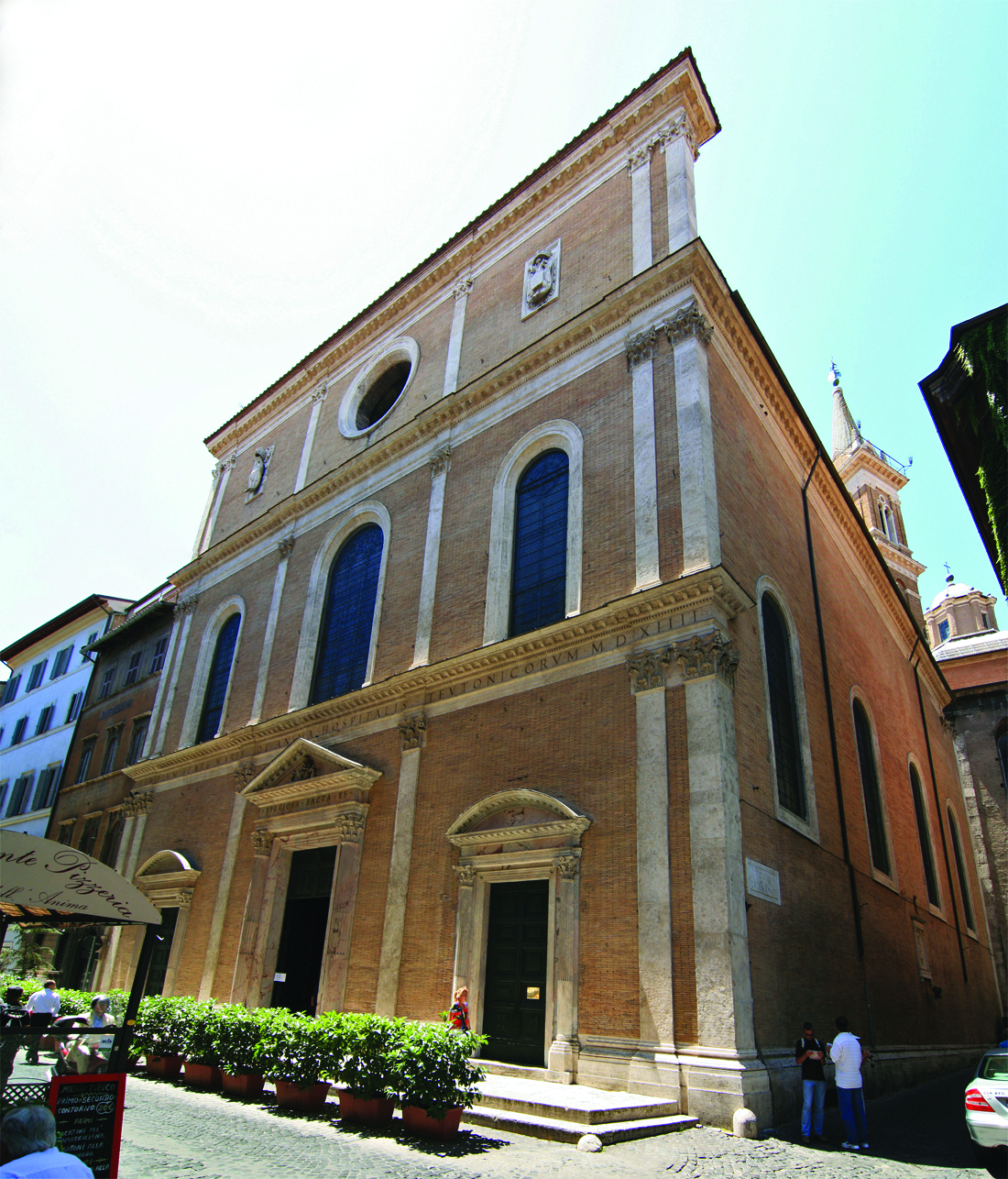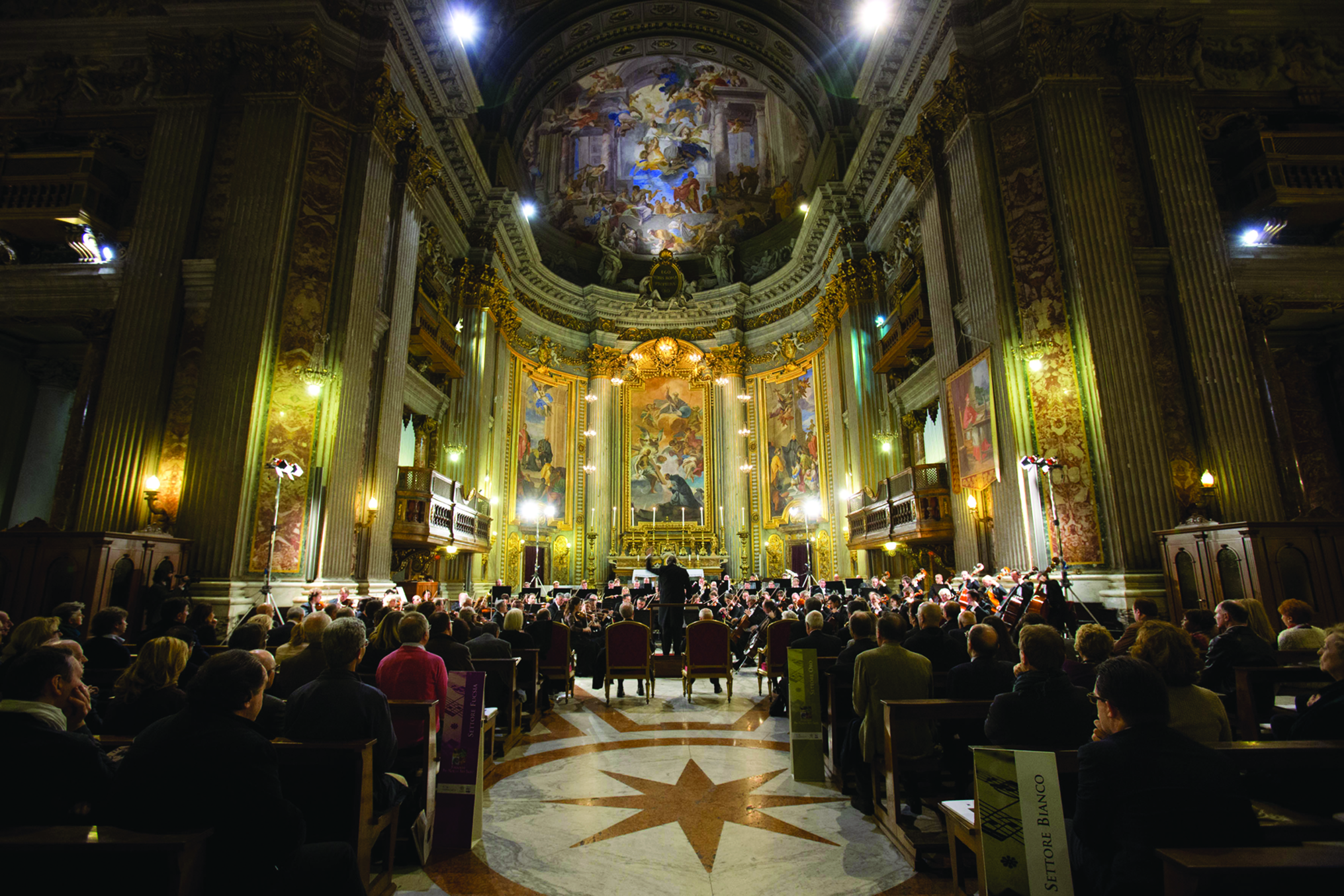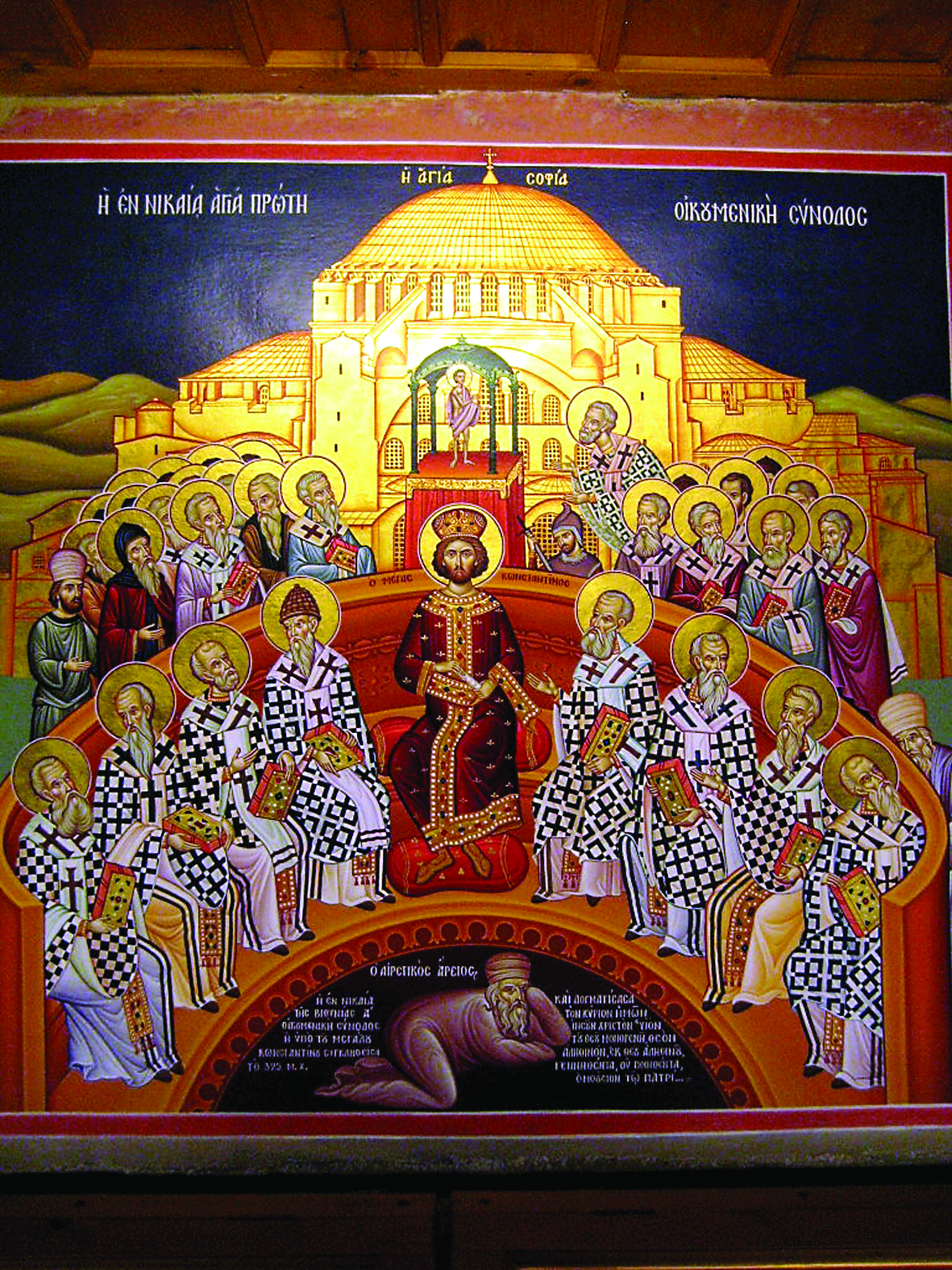From the shock in the US in the years after 2000 to the “guidelines” for bishops’ conferences all over the world, the Pope placed the victims first.
Malta, Australia, the United States, Germany, the United Kingdom — Pope Benedict XVI in these countries embraced and listened to the victims of sexual abuse by clergy, seeking to heal the Church wounded by the sins of those clerics.
No one did more to address the issue than Benedict XVI, despite the headwind of the secular press, and also of parts of the press which define themselves as Catholic. This has been the greatest cross Joseph Ratzinger has to bear — because his fellow prelates often opposed his efforts.
On April 24, 2002, at about 11 o’clock in the evening, the Holy See Press Office was open and crowded for the most anticipated press conference in many years. With the spokesman Joaquin Navarro-Valls, there were Cardinal Theodore McCarrick, archbishop of Washington, Cardinal James Francis Stafford, archbishop emeritus of Denver and president of the Pontifical Council for the Laity, and Bishop Wilton Gregory, president of the Conference of Catholic Bishops in the United States. The US bishops had come from two intense days of meetings with the Pope and the Curia on the pedophilia scandal in the US. The day before, on April 23, 2002, in the Vatican, John Paul II had opened a meeting he could not have imagined having to open, two years after the Great Jubilee. Twelve US cardinals were invited to discuss the scandal of sexual abuse of minors by some clergy. This opened officially what has been considered the most serious crisis in modern history of the Catholic Church.

Benedict XVI meets with Irish bishops at the Vatican Feb. 15, 2010 (CNS photo)
But the strength of that decision, strongly supported by Joseph Ratzinger, then prefect of the Congregation for the Doctrine of the Faith, and perhaps the most informed on the situation, has borne fruit. In May 2011, 10 years after the outbreak of the scandal in the United States of clergy sexual abuse of minors, the Congregation for the Doctrine of the Faith published a “Circular Letter” advising all bishops’ conferences in the world to draw up guidelines on what to do in cases of abuse. The letter was sent out to 122 conferences, and after a year and a half, the answers came in. The Congregation for the Doctrine of the Faith is reviewing and evaluating them. This indicates how the Church of Rome has taken seriously the problem that caused great suffering to the Catholic world and to individual victims, the families, to the faithful.
Attention goes first of all to the victims, as Pope Benedict showed by his many and intense meetings with abuse victims in every part of the world. “It’s clear that the personal example of the Holy Father is having great effect,” says Robert W. Oliver, since December the new promoter of justice at the Congregation for the Doctrine of the Faith.
Through personal interviews with victims and thoughts expressed in his letters, Pope Benedict told the victims that he shared their severe suffering. He listened to their stories and understood with sorrowful participation the sense of betrayal and violation that they had experienced and still experience.
In the letter there are five key points: (1) assistance to victims of sexual abuse; (2) child protection; (3) the formation of future priests and religious; (4) therapy for the priest abusers; and (5) collaboration with the civil authorities. Oliver was among the first, in Boston in 2002, to address the crisis of the scandals, not only the abuse itself, but also the fact that they were covered up by seemingly “technical” transfers.
Since then, he has gathered a lot of experience, and in December he took the place of Charles Scicluna, now auxiliary bishop of La Valletta, capital of Malta. Scicluna had faced the problem as Promoter of Justice in the Congregation for the Doctrine of the Faith (in effect, the “prosecuting attorney” in the cases that came to Rome).
Will the bishops’ conferences and the bishops be able to address these issues in their dioceses and countries as they arise? That is the reason for the Circular Letter with guidelines Pope Benedict asked to be prepared.
Benedict XVI wrote his strongest words in a letter to the Irish bishops on March 19, 2010, the year the Pope dedicated to priests. In this letter there is an enlightening passage: “The program of renewal proposed by the Second Vatican Council was sometimes misinterpreted and indeed, in the light of the profound social changes that were taking place, it was far from easy to know how best to implement it. In particular, there was a well-intentioned but misguided tendency to avoid penal approaches to canonically irregular situations.” In this letter, which is beautiful, deep and touching in its simple depth, the Pope stresses one thing: if man abandons God, the sacraments and prayer, he is left to himself and can descend to the abyss of evil.
Thus, the Pope asked the Church in Ireland to “set aside Lent as a time to pray for an outpouring of God’s mercy and the Holy Spirit’s gifts of holiness and strength upon the Church in your country. I now invite all of you to devote your Friday penances, for a period of one year, between now and Easter 2011, to this intention. I ask you to offer up your fasting, your prayer, your reading of Scripture and your works of mercy in order to obtain the grace of healing and renewal for the Church in Ireland. I encourage you to discover anew the sacrament of reconciliation and to avail yourselves more frequently of the transforming power of its grace.”
This is an invitation that this Lent of 2013 resonates as a warning, but also as an encouragement. Purification is God’s work, if we only let Him operate.






Facebook Comments